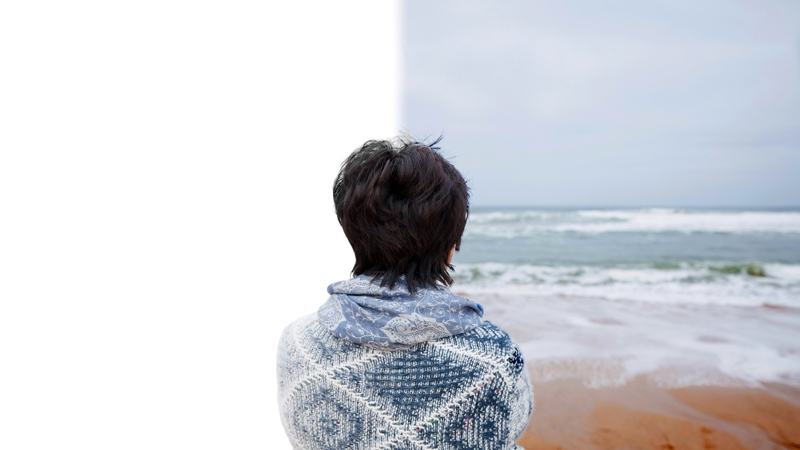
Types of visual field loss will vary based on what exact part of the pathway was damaged. In stroke victims, it’s typically a processing problem causing a temporary loss of the functional visual field. Certain diseases can also cause visual field loss. Regardless of the origin, the most common symptoms or signs of visual field loss is blurriness in one’s vision or complete loss (a blind spot) in one’s vision. However, in many cases, an individual is not even aware that he or she is experiencing visual field loss.
Strokes and other types of traumatic brain injuries can damage the visual pathway of the brain. The amount of loss a person experiences in his or her field of vision depends on what exact part of the brain’s visual pathway was affected. There are multiple cues of visual field loss. If you or a loved one is demonstrating any of the following symptoms after being diagnosed with a stroke, a complete vision evaluation at Vision for Life can help determine if the stroke has influenced the following during the recovery process:
- Experiencing blurred vision while watching television
- Experiencing visual neglect, a disorder that prevents an individual from attending to stimuli on one side of vision (left or right)
- Frequently walking or bumping into objects
- Trouble scanning a page, difficulty when reading
Vision for Life uses different types of therapy to help in the recovery of stroke victims and their visual field loss. Our customized therapy program will help re-train the eye-brain connection. Syntonics is an effective light therapy that is used to stimulate any blind spots or blurriness affecting a patient’s visual field. Moving and blinking lights can help spark the neurons in the brain that were injured by a stroke.
You or a loved one’s visual health should never be ignored or neglected, especially after a stroke or brain injury. At Vision for Life, we can properly evaluate and diagnose vision loss in individuals of all ages. Our developmental optometrist can examine an individual’s eyes for any possible signs of trauma, as well as administer a vision field test to identify blind spots in the patient’s peripheral vision. Depending on the diagnosis, we will then choose the best treatment option. For example, in some cases of visual field loss, a lens called a “prism” can be added to an eyeglass prescription to expand the field of view. However, in a majority of cases, vision therapy can help a patient regain some or all of their vision loss.
At Vision for Life, we work with anyone suffering from field loss problems that may affect their ability to read, write, or perform on the job. We can help you or a loved one with our specialized visual rehabilitation treatments for special populations, including patients with traumatic brain injuries, stroke, whiplash, cerebral palsy, and developmental delays. Our motto is “Improving Vision Today, Ensuring Success Tomorrow”. Give us a call at 618-288-1489 and begin getting your life back on track today.
